Archives
- 2025-10
- 2025-09
- 2025-03
- 2025-02
- 2025-01
- 2024-12
- 2024-11
- 2024-10
- 2024-09
- 2024-08
- 2024-07
- 2024-06
- 2024-05
- 2024-04
- 2024-03
- 2024-02
- 2024-01
- 2023-12
- 2023-11
- 2023-10
- 2023-09
- 2023-08
- 2023-06
- 2023-05
- 2023-04
- 2023-03
- 2023-02
- 2023-01
- 2022-12
- 2022-11
- 2022-10
- 2022-09
- 2022-08
- 2022-07
- 2022-06
- 2022-05
- 2022-04
- 2022-03
- 2022-02
- 2022-01
- 2021-12
- 2021-11
- 2021-10
- 2021-09
- 2021-08
- 2021-07
- 2021-06
- 2021-05
- 2021-04
- 2021-03
- 2021-02
- 2021-01
- 2020-12
- 2020-11
- 2020-10
- 2020-09
- 2020-08
- 2020-07
- 2020-06
- 2020-05
- 2020-04
- 2020-03
- 2020-02
- 2020-01
- 2019-12
- 2019-11
- 2019-10
- 2019-09
- 2019-08
- 2019-07
- 2019-06
- 2019-05
- 2019-04
- 2018-11
- 2018-10
- 2018-07
-
Adiponectin belongs to the CTRP C q TNF related protein
2023-12-06
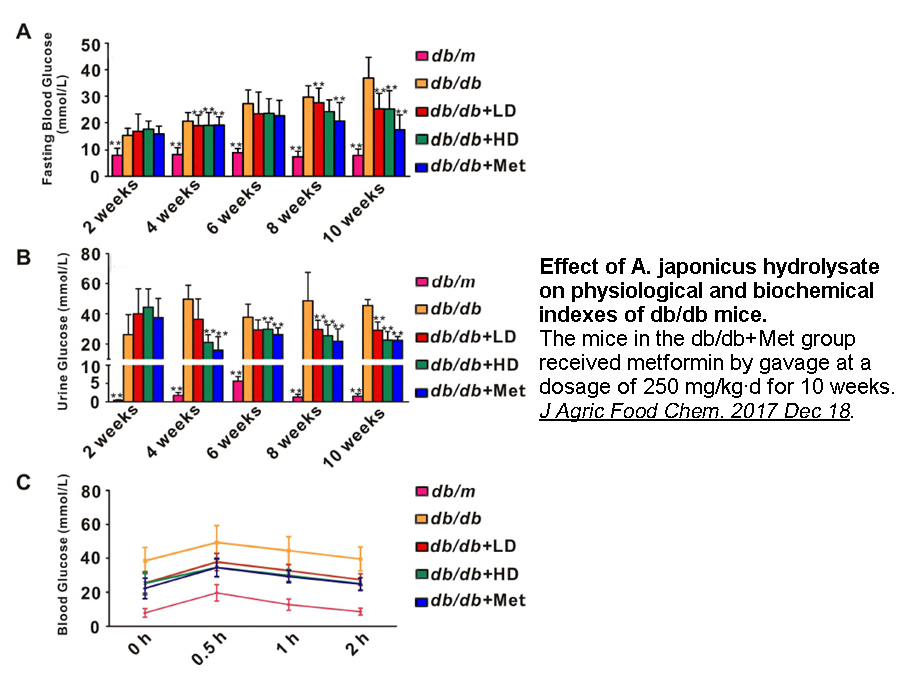
Adiponectin belongs to the CTRP (C1q/TNF-related protein) superfamily. Except for adiponectin, 15 additional members have been identified (CTRP1-15) (Schaffler and Buechler, 2012). Of all the CTRPs, CTRP9 has the highest identity to adiponectin in globular domain (Wong et al., 2009). The structure o
-
Protein blast analysis of the sequence of globin
2023-12-06

Protein blast analysis of the sequence of globin-B with those of other Neuropeptide Y 13-36 (porcine) suggests that the globin-B domain in the HemAC-Lm displays only 6% identity and 34% similarity with that of cytoglobin/neuroglobin (Fig. 2). Furthermore, SWISS-MODEL protein modeling also predicts
-
As described in the introductory section the rotifer nervous
2023-12-06
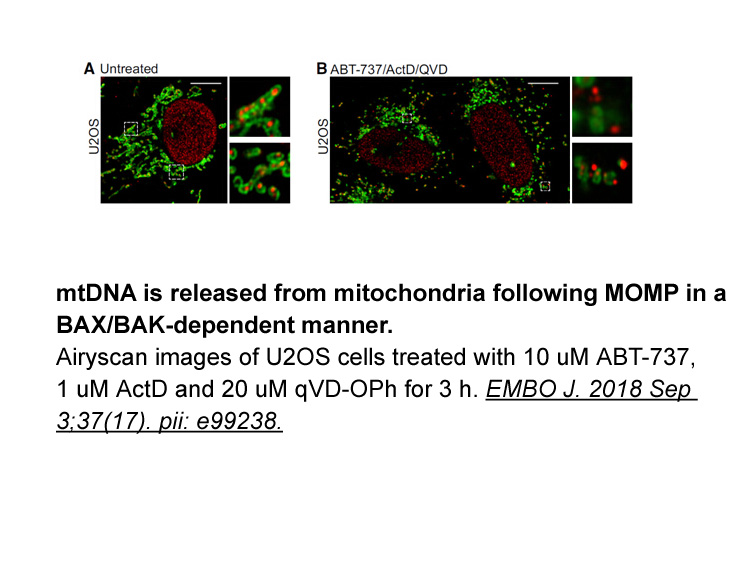
As described in the introductory section, the rotifer nervous system would be capable to transmit 9-amino Camptothecin in throughout its neural pathways. In addition, Clément and Amsellem (1989) and Kotikova et al. (2001) suggested acetylcholine to be important for the functioning of rotifer muscle
-
Comparison of the GLUT positive plus ACLY
2023-12-06
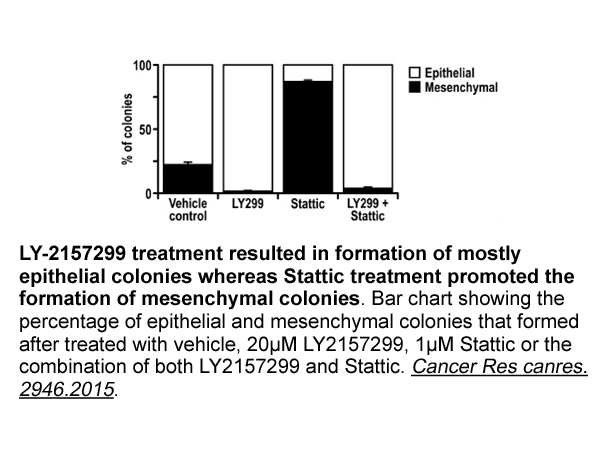
Comparison of the GLUT1-positive plus ACLY negative group with the GLUT1-negative plus ACLY positive group indicated no significant difference with respect to disease-free survival and overall survival. However, some obvious differences in histological types were found in their formation. A previous
-
br Conclusions A large body of evidence indicates
2023-12-06
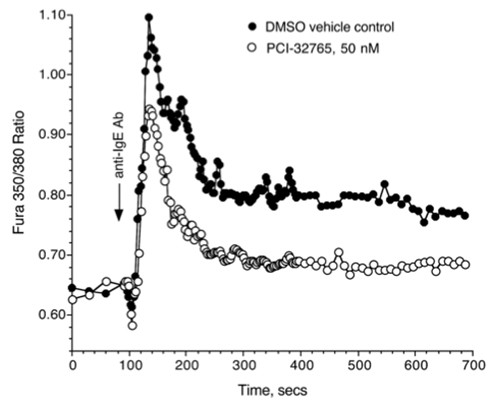
Conclusions A large body of evidence indicates that oxidative stress is involved in the pathogenesis of NDDs. Hence, reducing oxidative stress or suppressing its downstream pathways may be beneficial for the treatment of these diseases, especially such chronic diseases as AD or glaucoma. Here we
-
To introduce in a simple way the
2023-12-05
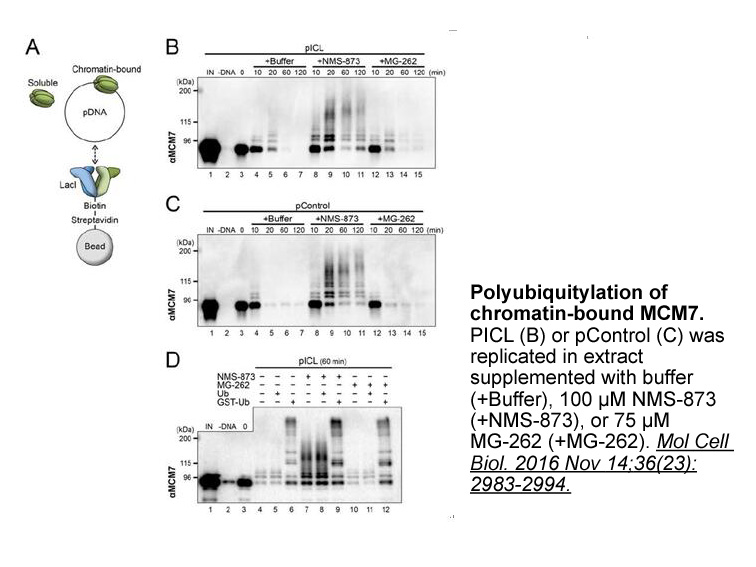
To introduce in a simple way the variability in the concentration of the proteins involved in the process, and to consider possible stochastic effects due to possible finite sizes of the populations involved in the problem, the dynamics of each cell is studied using the Gillespie’s algorithm (Gilles
-
The transcription factor activator protein AP is a
2023-12-05
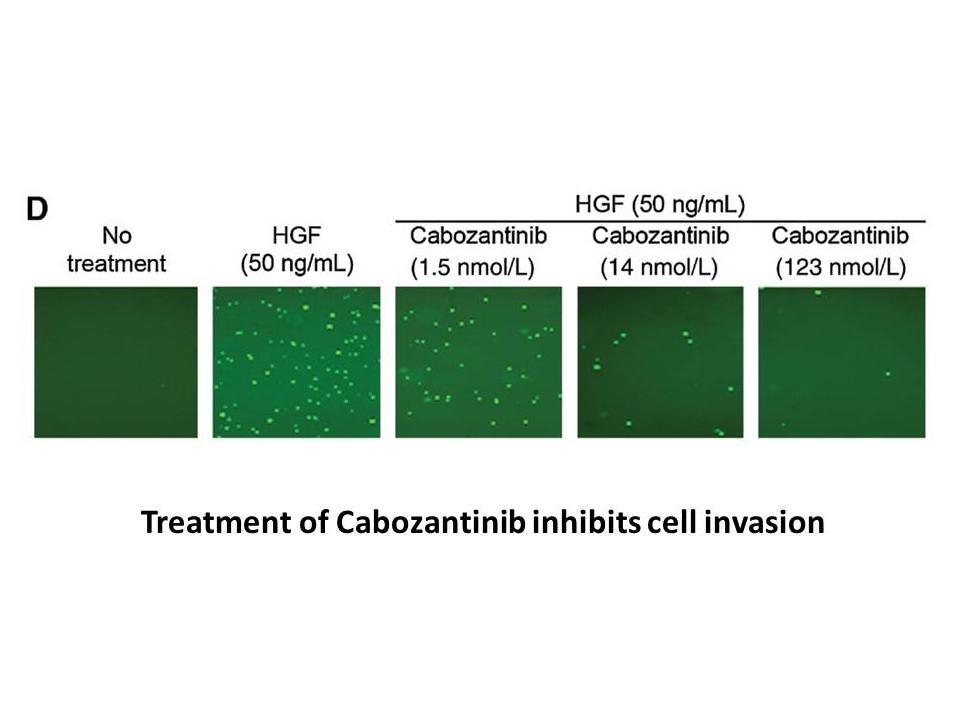
The transcription factor activator protein-1 (AP-1) is a redox-sensitive transcription factor whose activity is controlled by agents that perturb intracellular thiol concentrations [10,11]. AP-1 is mainly composed of Jun, Fos, and ATF protein dimers [12,13]. AP-1 mediates the regulation of numerous
-
What are the in situ effects of multi site CaM
2023-12-05
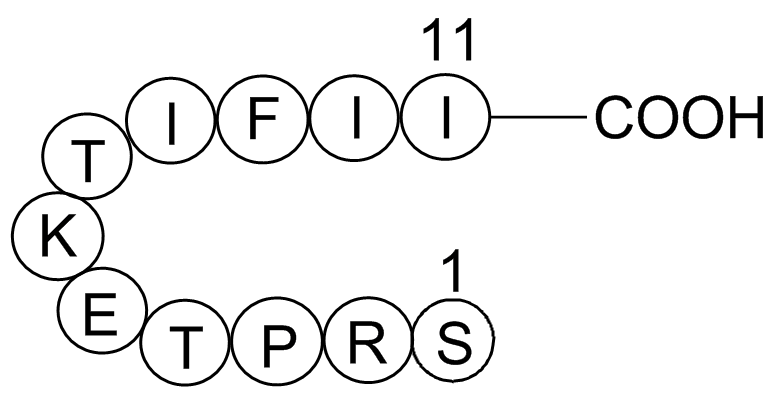
What are the in-situ effects of multi-site CaM associations with AT1R? Kai et al. showed that synthetic peptides corresponding to residues 125–137 (rat sequence) in SMD2, 217–227 in the N-terminal side of SMD3, and 304–316 in SMD4JM inhibit to various degrees AngII-induced GTPase activity of isolate
-
With one exception all receptors
2023-12-05
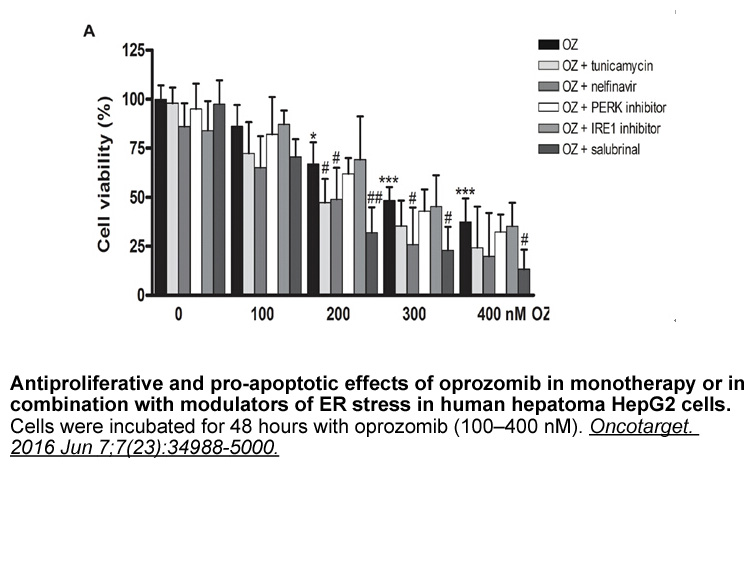
With one exception, all receptors for dopamine (DA), serotonin (5-hydroxytryptamine, 5-HT), and norepinephrine are metabotropic receptors. The five metabotropic DA receptors (D1–D5) in the CNS are involved in motivation, pleasure, cognition, learning, memory, fine motor control, and modulate neuroen
-
Since the cloning of ARs in the beginning of
2023-12-05

Since the cloning of ARs in the beginning of the 1990s, the efforts to characterize them have led to the accumulation of a substantial amount of experimental data. Decades of site-directed mutagenesis (SDM; Box 1) studies, in combination with pharmacological data and computational modeling, have pav
-
br Concluding remarks ROP is
2023-12-05
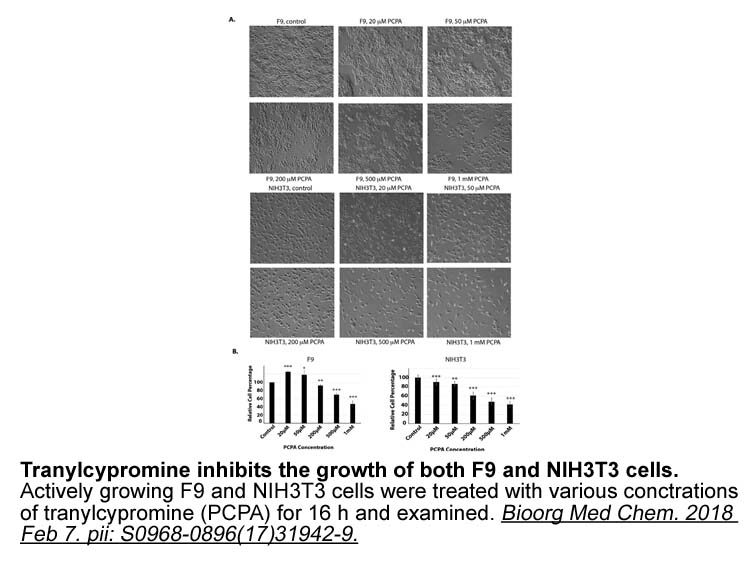
Concluding remarks ROP is a major cause of childhood blindness in the world. Current pharmacological therapy focus on anti-VEGF strategy, but this strategy is associated with the unintended effects on delayed eye growth and retinal vasculature development of preterm infants. Preclinical studies u
-
Using constant potential amperometry and electrochemical enz
2023-12-05
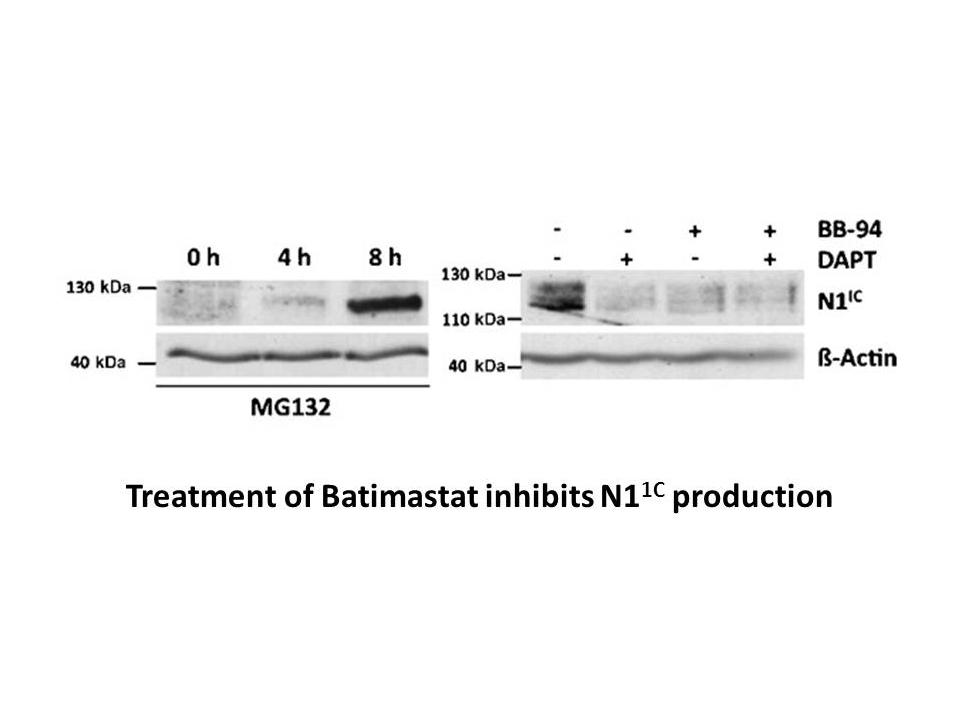
Using constant potential amperometry and electrochemical enzyme-based biosensors selective for choline—and, therefore, an accurate readout of PAI-039 synthesis release (Baker et al., 2015; Bruno et al., 2006a; Parikh et al., 2004, 2007)—tonic and phasic release of acetylcholine were measured simult
-
The difficulty of characterizing nAChRs in the
2023-12-05
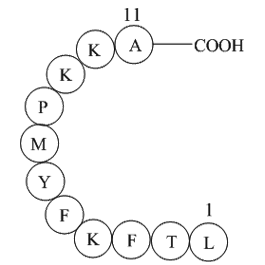
The difficulty of characterizing nAChRs in the central nervous system is also exemplified by early observations that nicotine caused no detectable effect when applied on a brain slice and it is only with the focal and high time resolution of more recent experiments that the effects of nicotinic neur
-
br Discussion Here we focused on seven
2023-12-05

Discussion Here, we focused on seven plant alkaloids extracted from yokukansan. These alkaloids individually inhibited 5-HT-mediated 5-HT3A and 5-HT3AB receptor currents weakly. Simultaneous administration of these alkaloids, however, inhibited the 5-HT3A and 5-HT3AB receptor currents strongly. T
-
Regarding androgens it is known that they are also essential
2023-12-05
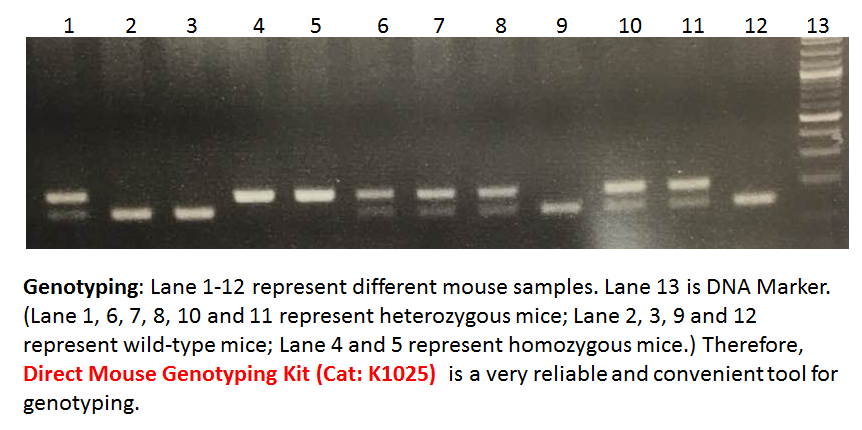
Regarding androgens, it is known that they are also essential for reproductive success (Walters et al., 2010). At the molecular level, their effects are produced mainly by dihydrotestosterone (DHT), arising from the conversion of testosterone by the enzyme 3-oxo-5-alpha-steroid-4-dehydrogenase (enco
15868 records 224/1058 page Previous Next First page 上5页 221222223224225 下5页 Last page